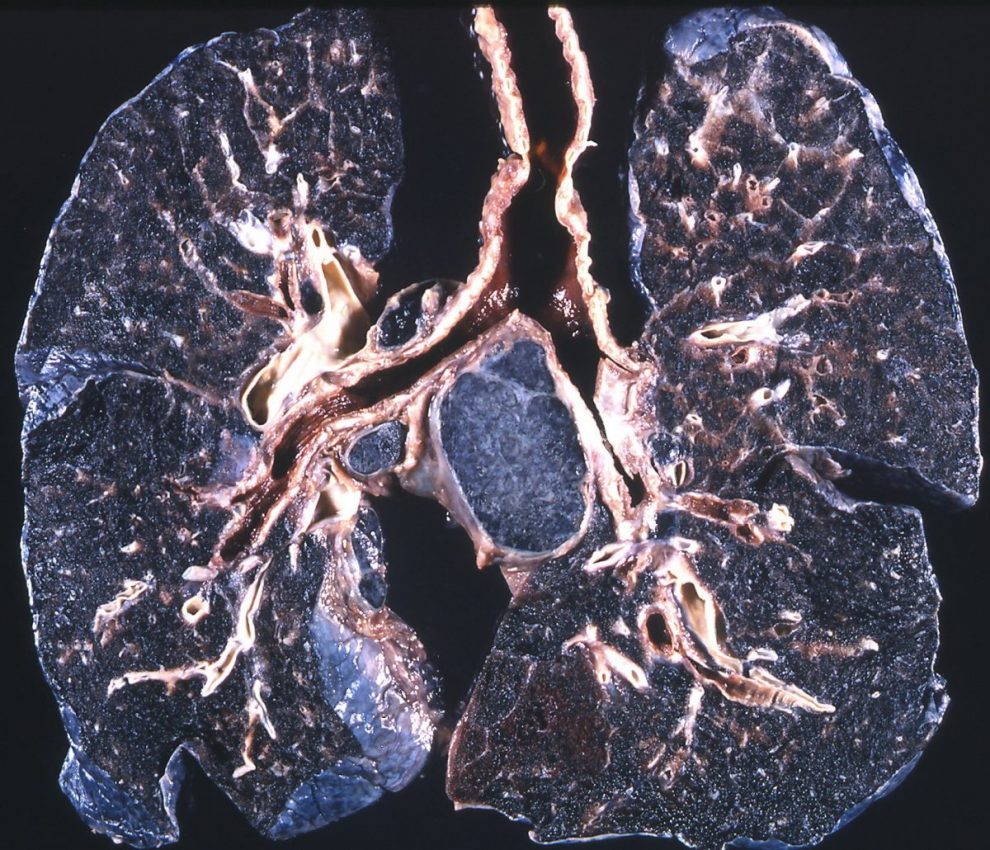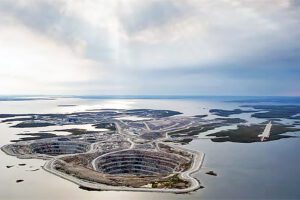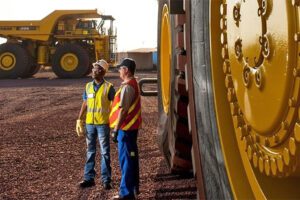Minister for Natural Resources and Mines Dr Anthony Lynham today welcomed the Parliamentary Select Committee report into coal workers’ pneumoconiosis.
“The Palaszczuk Government takes the health and safety of all workers seriously and contributions to improving workplace health and safety are always valued,” he said.
“My Department of Natural Resources and Mines and I will consider the committee’s 400-plus page report and its recommendations carefully before responding within the 90-day timeframe.
“I am sure the report will provide further insight as the government continues to implement the reforms recommended by last year’s independent review by Monash University.”
The Monash review was part of a five-point action plan Dr Lynham announced in January last year.
The review recommended a range of reforms to Queensland’s coal mine workers’ health scheme.
In July last year, Dr Lynham announced a plan with industry, unions and the medical profession to implement the reforms.
“This coordinated approach continues to deliver significant improvements to protect our coal mine workers,” Dr Lynham said.
Since July 2016, coal miners’ compulsory chest X-rays have been assessed at least twice; firstly by an Australian radiologist and then by US-based experts. By the end of this year, chest X-rays will be read by qualified B-reader Australian radiologists.
Former coal mine workers who have retired or left the industry before 1 January 2017 can also have medical examinations and chest x-rays.
By the end of the year, coal mine workers will have world-class lung function tests, with new standards to set out clear requirements for medical practices conducting the tests, including training for staff members, spirometry testing and interpretation, spirometry equipment, and quality control.
A training program is to be developed for doctors, with a register to be established of accredited doctors, medical providers and clinics to undertake health examinations, lung function tests, and take and interpret chest x-rays.
Global professional services firm Ernst and Young will audit the reformed scheme, including medical providers and clinics on the medical register
Coal companies how provide dust monitoring data to the Mines Inspectorate every three months for publishing online. The first set of data will be published in July.
Dr Lynham urged any coal mine worker with concerns about their health to talk to their doctor.
Coal workers’ pneumoconiosis, or “black lung”, is caused by long-term exposure to respirable coal dust. Since May 2015, 21 Queensland coal miners have been diagnosed with black lung.














Add Comment